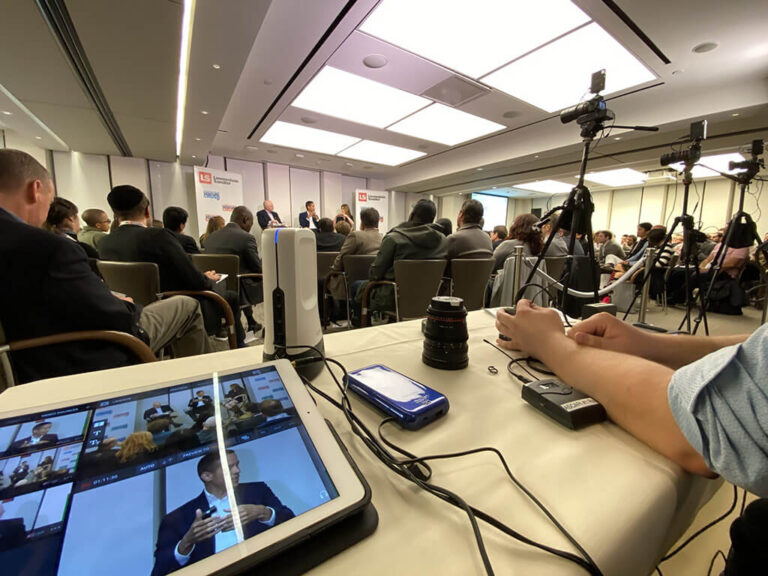Illuminating the Influence of Illumination Techniques on the Craft of Video Projections Mapping Techniques
Illuminating the Influence of Illumination Techniques on the Craft of Video Projections Mapping Techniques
Blog Article
Video projection mapping is an innovative creative form that merges technology and innovation to convert ordinary surfaces into remarkable sight exhibits. This method entails casting images and videos onto 3D objects, such as structures, sculptures, or platforms. One of the key crucial elements in creating effective mapping is the use of effective lighting methods. Proper lighting improves the aesthetic elements of the projection and guarantees that the images are clear and engaging. This piece examines the influence of illumination techniques on motion projection and how they can elevate the overall encounter.
Illumination plays a vital part in video projection because it sets the atmosphere and tone of the display. Different illumination methods can elicit various feelings and reactions from the audience. For example, using gentle, warm lights can create a welcoming atmosphere, while bright, cool illumination may produce a more dynamic or dramatic impact. By thoughtfully selecting illumination hues and brightness, creators can influence how audience interpret the projected visuals, leading to a more immersive experience. The equilibrium between mapping brightness and ambient light is crucial, as it can greatly impact the visibility and impact of the visuals.
In addition, color and intensity, the angle of light also influences the effectiveness of mapping. Lighting from different angles can create shadows and highlights that add depth to the mapped images. This technique, known as light and shadow, can improve the 3D quality of the objects being mapped. Furthermore, using moving illumination can add dynamism to the display, making the encounter more engaging for the viewers. When the illumination collides with the projected visuals, it can create an effect of motion and change, grabbing the viewers' focus.
Another important aspect of lighting in projection is the use of special effects. Methods such as gobo lighting, which uses patterns and forms to filter light, can add texture and complexity to the projections. This approach allows creators to superimpose images and create visually stunning effects that complement the this content projection. Moreover, adding laser lights or LED illumination can further enhance the display, providing a distinct blend of sight elements that draw the audience in. These special effects, when used carefully, can transform the projection beyond a simple show to an immersive piece of creativity.
In summary, the impact of illumination techniques on video mapping is significant. By comprehending how various illumination components connect click now with mapped images, creators can produce enthralling encounters that connect with audience. The careful selection of hue, brightness, direction, and special effects allows for a vivid canvas of sight narrative. As tech advances to evolve, the possibilities for creative showcasing in projection will only grow, making lighting an ever-important aspect in this progressive art form.